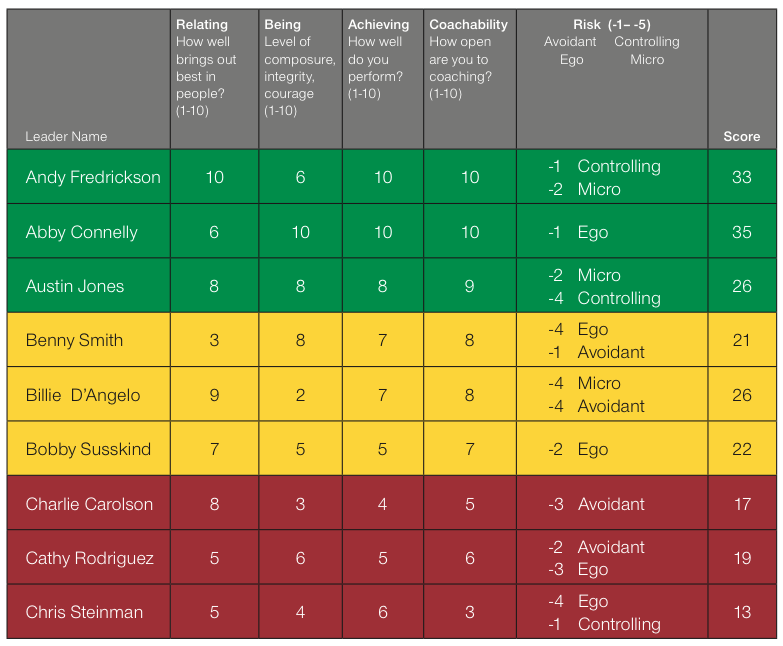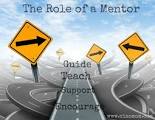Submitted by Sal Silvester on January 11, 2015
 Do you want to make your coaching efforts more effective? If so, you'll need to be able to measurably assess your people.
Do you want to make your coaching efforts more effective? If so, you'll need to be able to measurably assess your people.
Submitted by Sal Silvester on December 19, 2014
As we wind down the year and look toward the next, there isn't a better time to step up and engage more effectively with your people. One the simplest and most overlooked tools that leaders have to enhance their coaching is the 1-1 Coaching Session.
Submitted by Sal Silvester on July 21, 2014
 Do you want to make your meetings more effective? Here's a simple tool to help you out.
Do you want to make your meetings more effective? Here's a simple tool to help you out.
I call it the "half-time adjustment." Conduct the following process about 1/3 or 1/2 of the way into your meeting:
Submitted by Sal Silvester on July 13, 2014

The word “mentor” is used in a variety of contexts in today’s workplace. Sometimes it refers to a senior person who formally or informally provides guidance and advice to a junior team member. At times it refers to a team member’s direct manager who is partially responsible for his or her career development. In some organizations, mentors are formally paired with a mentee. In others, mentors are simply sought after by an eager team member looking to grow. A quick search on dictionary.com defines the word mentor as “a wise and trusted counselor or teacher; an influential senior sponsor or supporter.”
Submitted by Sal Silvester on June 14, 2014

The latest workplace communication craze called "Yes and" has recently been popularized by team builders and improv folks who've never stepped into the business board room. It's a technique that minimizes disagreement and encourages agreement. So, instead of responding to a team member's idea with a "No" or a "But," people are trained to respond with a "Yes and…."
Submitted by Sal Silvester on June 7, 2014

Imagine this.
A new Vice President joins your organization from a similar company in the same industry. Only his former company is bigger and arguably more successful. The leader has a grand vision that if implemented will have a significant impact on the company's end customers and shareholder value. He comes in blazing and doesn't just want to move the chairs on the deck, but wants to shift the direction of the boat.
Submitted by Sal Silvester on June 2, 2014
 In the past 3 posts I've made the case that the most important mindset shift a leader has to make to be successful in a senior leader role is to make the shift from being Smart to being Aware.
In the past 3 posts I've made the case that the most important mindset shift a leader has to make to be successful in a senior leader role is to make the shift from being Smart to being Aware.
Submitted by Sal Silvester on May 27, 2014
 If you missed Part 1 and Part 2, read those first. Then come back here for more details on the shift from being Smart to being Aware.
If you missed Part 1 and Part 2, read those first. Then come back here for more details on the shift from being Smart to being Aware.
Submitted by Sal Silvester on March 9, 2014
In our last post, we began exploring the first shift leaders need to make to be successful in senior leadership roles - from being smart to being aware.
So, what does this shift of being smart to being aware look like? It will seem easy on the surface, but it's a lifetime of work. And it’s comprised of 3 parts:
Submitted by Sal Silvester on March 2, 2014
 In our recent survey about senior leadership, we asked senior leaders the following question. "What do you wish you knew more about prior to being promoted to senior leadership?"
In our recent survey about senior leadership, we asked senior leaders the following question. "What do you wish you knew more about prior to being promoted to senior leadership?"
Here are a few summary quotes of how they responded…
Pages